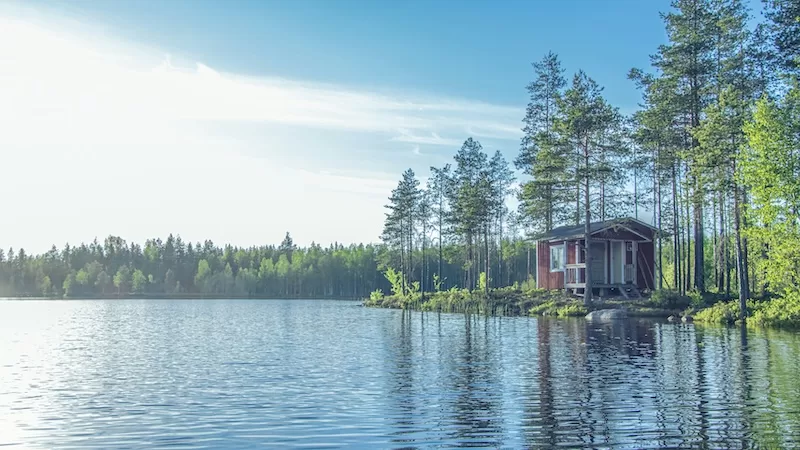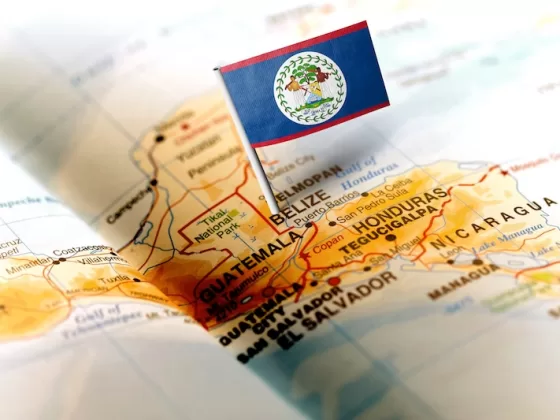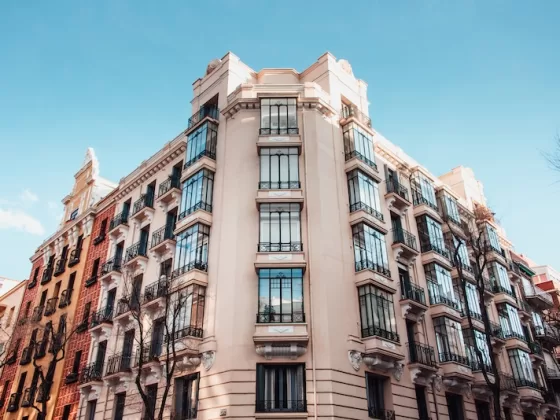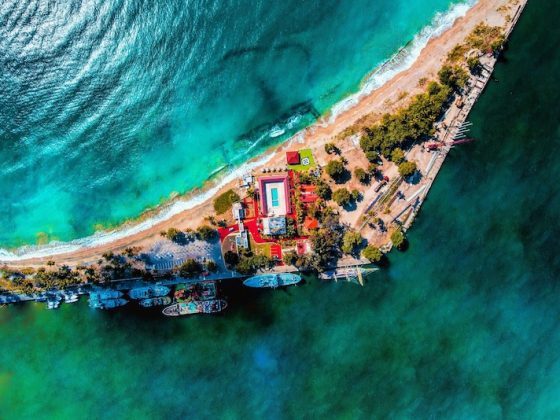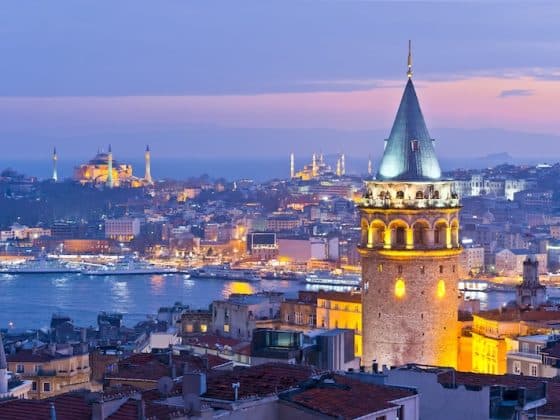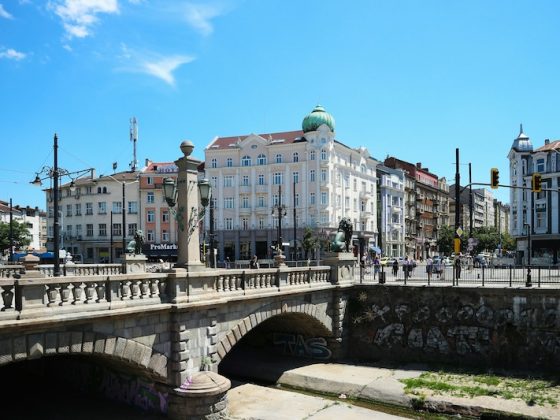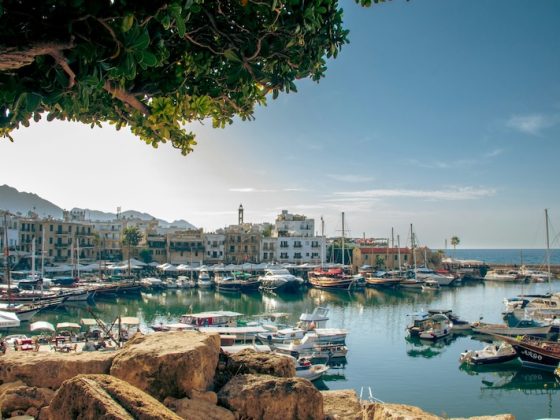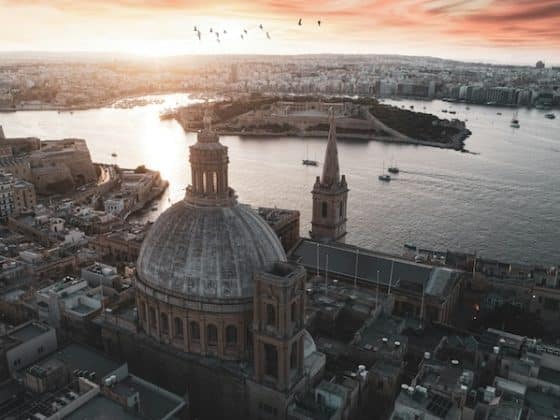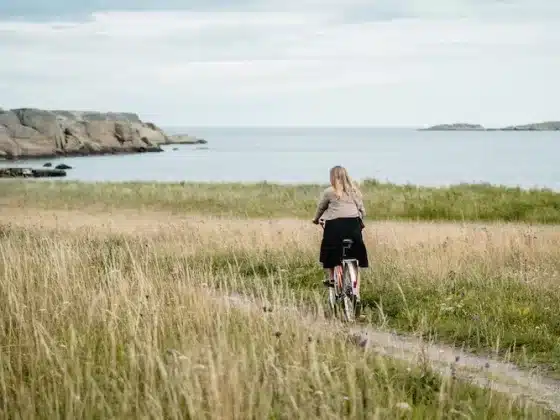Gone are the days when announcing a trip to Scandinavia was automatically met with, “Good luck seeing the Northern Lights”—as if winter were the only time worth visiting. The region might have cut its teeth on Christmas markets in capital cities and package holidays to snowy tundras, but trends are shifting. Testing the waters with new destinations this summer? Scandinavia (and the wider Nordic region) could top your list.
With a growing interest in health-focused vacations, Scandinavia’s holistic approach to nature-centric wellness is understandably appealing. But amidst the emerging travel trends for 2025, two patterns in particular stand out: the rise of calm, and the pursuit of coolcations. The push toward traditionally “cooler” destinations is partly a response to climate change. Consider the Greek islands—once a quintessential summer escape—now facing blistering heat waves and devastating wildfires. With the thermostat turned up too high, Northern European countries like Norway and Sweden are ready to welcome diverted travelers.
Read more like this: 20 Great Places to Live for Under $2K
These chillier destinations cater seamlessly to the demand for unplugged “calmcations,” offering remote lodges and nature-fueled escapes. But it’s not enough to understand the trends behind the Scandinavian summer movement. What might you expect from the experience? Here’s why your next summer trip should be northbound, and why Scandinavia isn’t just for Christmas anymore.
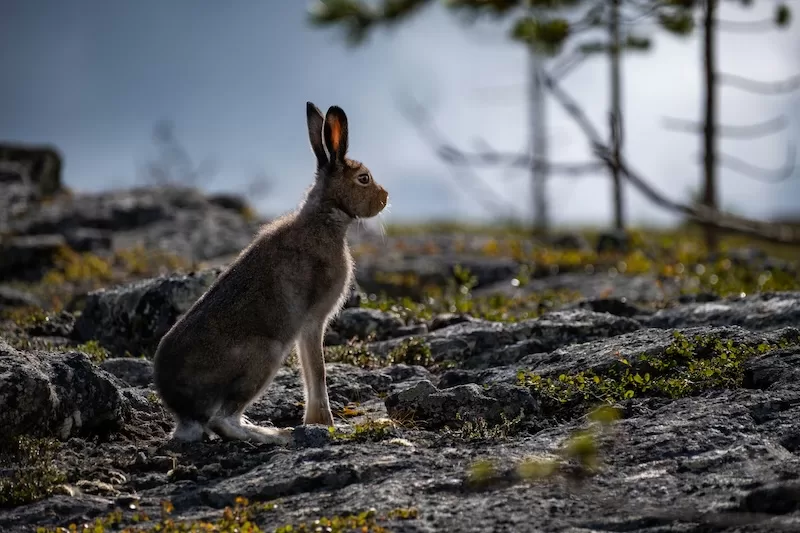
Wild Swimming Is in Full Flow
In summer, Scandinavia swims. The region boasts hundreds of thousands of lakes, plus a sweeping coastline. As temperatures rise, outdoor swimming in rivers, lakes, and oceans becomes second nature.
This isn’t just a geographical perk—it’s cultural. Scandinavia has a high proportion of citizens who own countryside vacation homes. These second homes—called stuga in Sweden or hytte in Norway—are often perched beside water in remote archipelagos. From May through October, there’s a mass migration out of cities as locals retreat to rustic lodges, reconnect with nature, and swim their days away.
Not quite confined to summer, wild swimming is part of a year-round wellness philosophy in Scandinavia. Locals don’t shy away from frigid conditions—in fact, ice plunges are a ritual following steamy sauna sessions. It’s common to alternate between sweating out toxins in wood-fired saunas and plunging into icy lakes or harbors. Many saunas are intentionally placed near water—join in if you’re feeling brave.
But if you visit between June and August, you’ll enjoy long, leisurely swims minus the ice. Sauna culture remains strong in summer, but interactions with water are gentler. This comes with major benefits beyond enjoyment. Without the urgency to dry off and warm up, you can slip into a semi-meditative state called blue mind—a soothing mental space linked to being near open water. It lowers cortisol, reduces anxiety, and promotes mindfulness. For a deeper sense of calm, summer is the season for swimming.
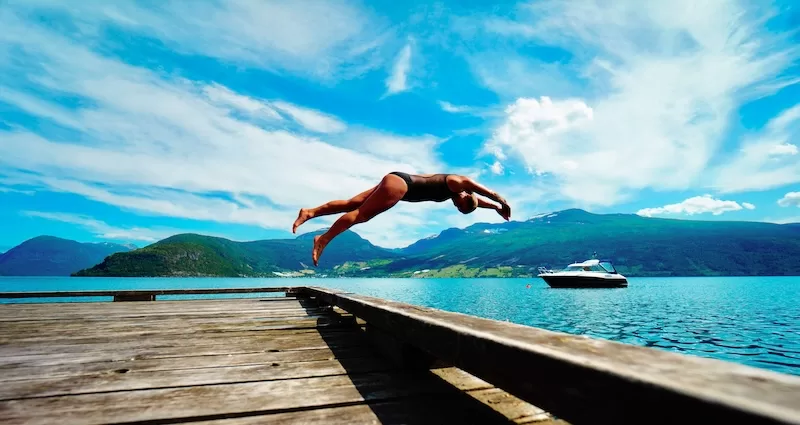
Hiking Trails Are at Their Best
Athletic vacations are gaining popularity as well, and Scandinavian hiking trails—especially its majestic fjords—are taking center stage. While skiing and kayaking are beloved, hiking is more approachable for most travelers. And summer is the best season for it. Though trails rarely close in winter, navigating them off-season is risky. Summer offers solid footing, long daylight hours, and added safety in numbers. For hikers, Scandinavian summers are a dream.
In fact, the reality is that inexperienced tourists hiking in winter often strain emergency services. Weather is unpredictable, trails are icy, and gear like crampons becomes essential. And with minimal daylight hours? You could reach the end of a trail only to see… nothing.
Not big on crowds? Unfortunately, Scandinavia doesn’t have typical “shoulder seasons.” Spring and fall mirror winter in difficulty. In spring, leftover snow makes trails slippery. In fall, weather deteriorates quickly and daylight shortens. Whereas summer is the region’s most reliable window.
For those looking for inspiration, there’s much to explore. Trolltunga in Norway offers a dramatic 17-mile roundtrip hike to a cliff that juts out over Sørfjorden. For long-distance walkers, the King’s Trail in Swedish Lapland extends more than 250 miles, cutting through some of the country’s most remote and breathtaking terrain—regions that drop to perilous temperatures outside the summer months. One major perk of hiking these routes in summer is the chance to incorporate water-based activities, with the King’s Trail even offering free rowboats to cross lakes.
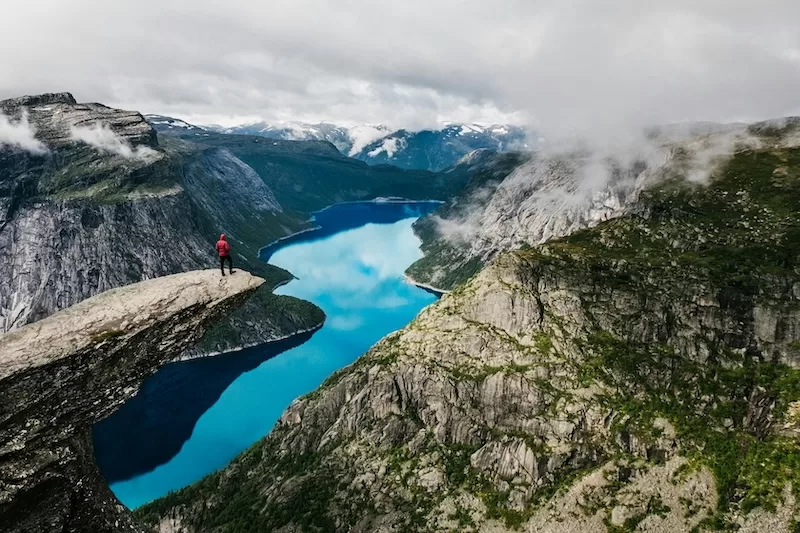
Experience the Midnight Sun
Sure, people rave about the polar night. The thrill of 24 hours of darkness and aurora chasing is real. But the midnight sun, the flip-side phenomenon, is just as enchanting. Between late spring and early summer, some Scandinavian regions experience 24 hours of daylight.
That’s because the Earth tilts on a 23.4-degree axis whichcauses the poles to receive extended periods of sunlight (or darkness). In Northern Scandinavia, this means round-the-clock daylight from May to June. The sun dips for a dramatic sunset—only to bounce right back into sunrise mode.
The first benefit is the sheer novelty of it. How many people can say they’ve lived a full day without darkness? For photographers, it’s paradise. Extended golden hours, glowing yellows, soft pinks, and endless sunrises and sunsets make it a haven for capturing ethereal shots.
You won’t find full-on midnight sun in southern cities like Copenhagen or Stockholm. For that, head north in June. Tromsø in Norway is a fantastic urban escape surrounded by fjords and Arctic scenery. Meanwhile, Abisko in Swedish Lapland offers a more remote experience, complete with hiking access and near-Arctic immersion. The closer to the Arctic Circle you go, the longer and more dramatic the daylight becomes—especially during the peak of summer.
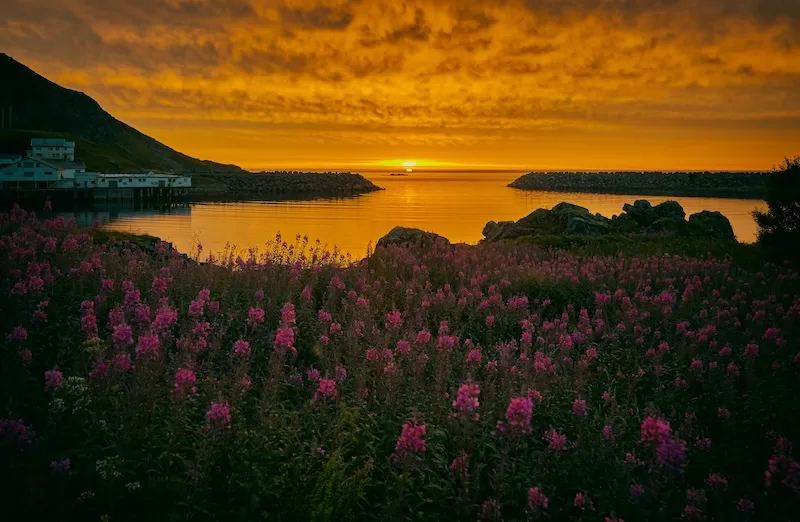
Embrace Foraging and Fresh-Focused Dining
Mediterranean cuisine is iconic—no one’s arguing that. But Scandinavian summer food is criminally underrated. Think fresh, seasonal, and foraged. Food lovers looking for new culinary destinations should take note.
In Sweden, the government launched The Edible Country, partnering with Michelin-starred chefs to create DIY recipes using foraged ingredients. The summer menu includes smoked butter, berry cordials, and chanterelle salads.
Thanks to “right to roam” laws in Sweden and Norway, anyone can forage across public lands. Summer makes this particularly rewarding: warm weather, lush scenery, and an abundance of edible wilds.
Beyond Scandinavia, Rovaniemi in Finnish Lapland is worth a detour. Known as Santa Claus’ hometown in winter, it transforms in summer into a berry-hunter’s heaven, with bilberries and cloudberries ripe for the picking.
If you’re new to foraging, it’s wise to book a guided tour. These are plentiful in the summer season and offer a hands-on way to learn about edible plants and mushrooms. If you decide to go it alone, be cautious—never taste anything in the wild before verifying its safety, and cross-check all your finds with an expert once you’re back.

Read more like this: Neo-Nomad Eats on the Edge of the Steppe
Unplug in Remote Accommodations
As calmcations grow in popularity, so does Scandinavia as the go-to region for unplugged, remote stays. For starters, it already has a strong culture of escaping to nature. Vacation homes are common, and locals naturally retreat to the wilderness every summer.
The landscape helps too. Towering fjords and endless forests offer mental stillness and perspective. With more than 70% of Sweden blanketed in forest, you’re never far from a peaceful retreat. And in summer, access is simple: clear roads, open trails, and no snow barriers.
Scandinavia offers a variety of unique accommodations. Coastal areas feature historic lighthouses and fishing cottages, while dense forests offer hike-in pods and rustic cabins. Long-distance trails like the King’s Trail provide self-catering huts for hikers. And for the ultimate off-grid experience, wild camping is not only legal but encouraged under the region’s liberal access laws.
Another rising trend to note is private island rentals. Throughout the Nordic archipelagos, tiny islands host solitary cabins—many listed on platforms like Airbnb. These often come with row boats and wood stoves. While accessible year-round in theory, summer is by far the best season. The weather is mild, the water is navigable, and you can spend days swimming, foraging, and simply doing nothing.
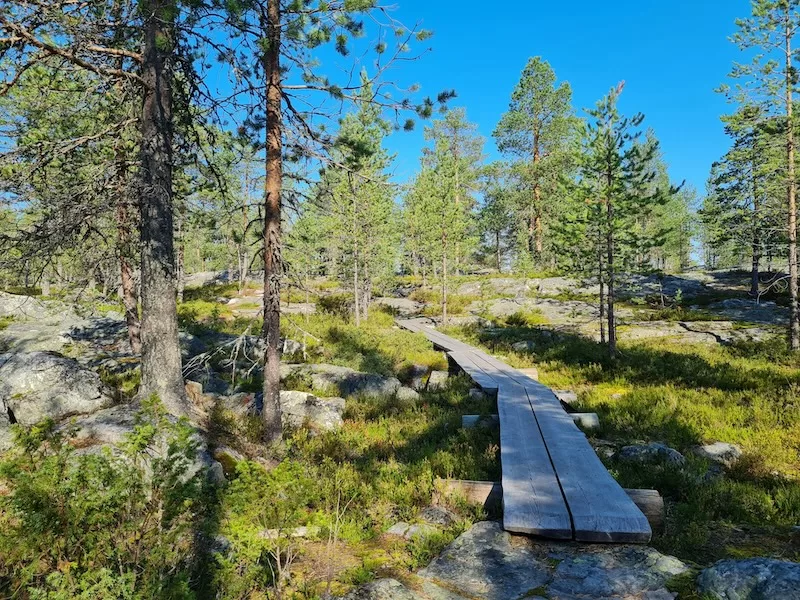
A New Season of Summer
As the traditional idea of a summer vacation shifts, it’s time to reconsider your destination list. Scandinavia’s image as a winter-only wonderland is fading. With Mediterranean countries scorching and experiencing tourism fatigue, the cool, calm, and conscious North offers a compelling alternative.
From swimming in crystal lakes and basking in 24-hour light to foraging your next meal and sleeping in a lighthouse or private island cabin, Scandinavian summers promise slow-living and nature-first memories. This year, swap your sangria for smoked butter and sunset hikes. A Scandinavian summer should be on everyone’s radar.
Read more like this: How to Avoid Summer Travel Hell
About the Author
Eibhlis Gale-Coleman is a travel writer from the UK. She has an ever-growing bucket list of “everywhere” and took her first solo trip abroad at 16 to volunteer in marine conservation.
Contact Author
"*" indicates required fields
Stay Ahead on Every Adventure!
Stay updated with the World News on Escape Artist. Get all the travel news, international destinations, expat living, moving abroad, Lifestyle Tips, and digital nomad opportunities. Your next journey starts here—don’t miss a moment! Subscribe Now!
